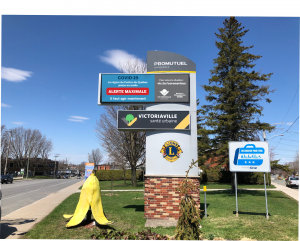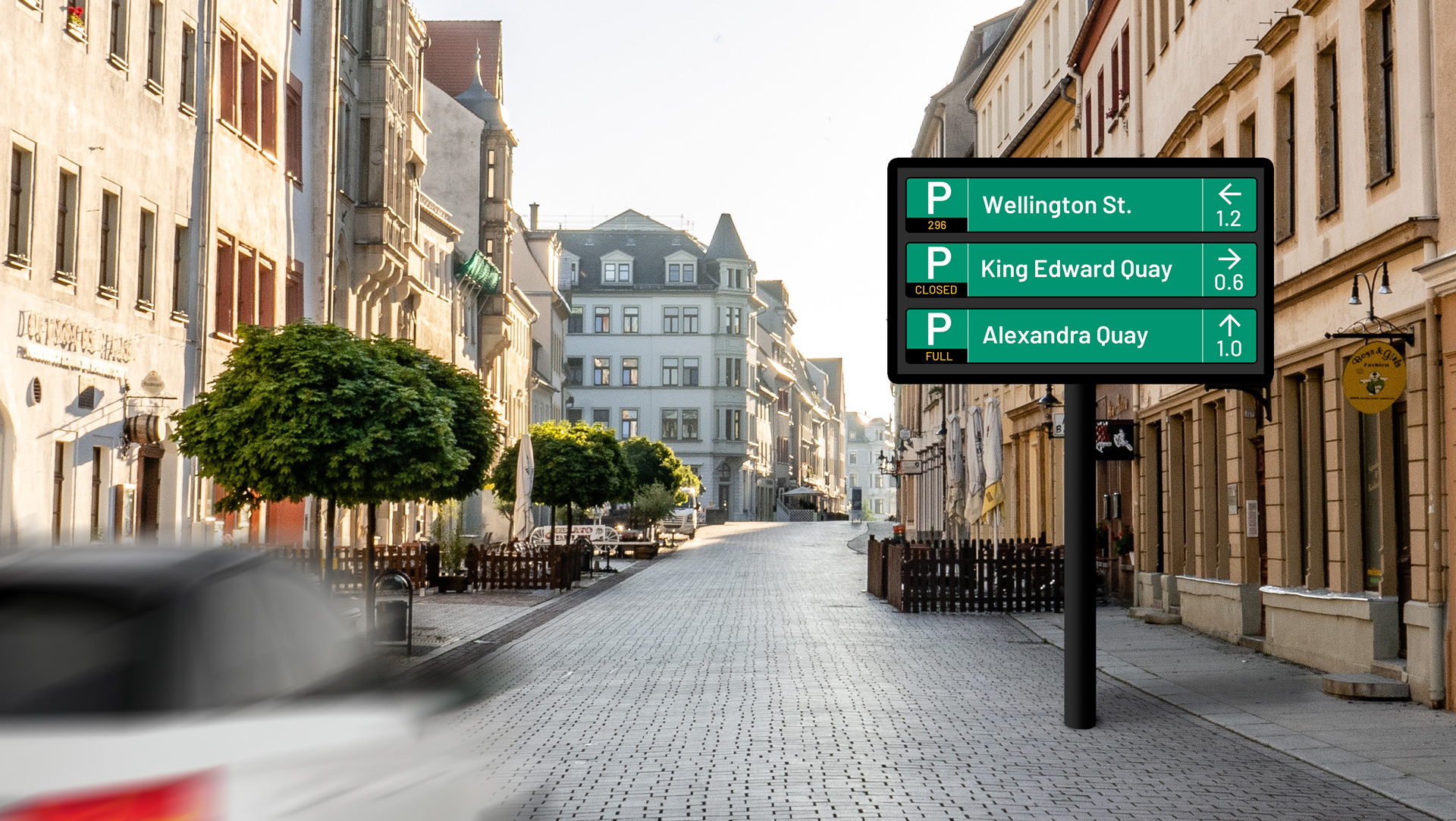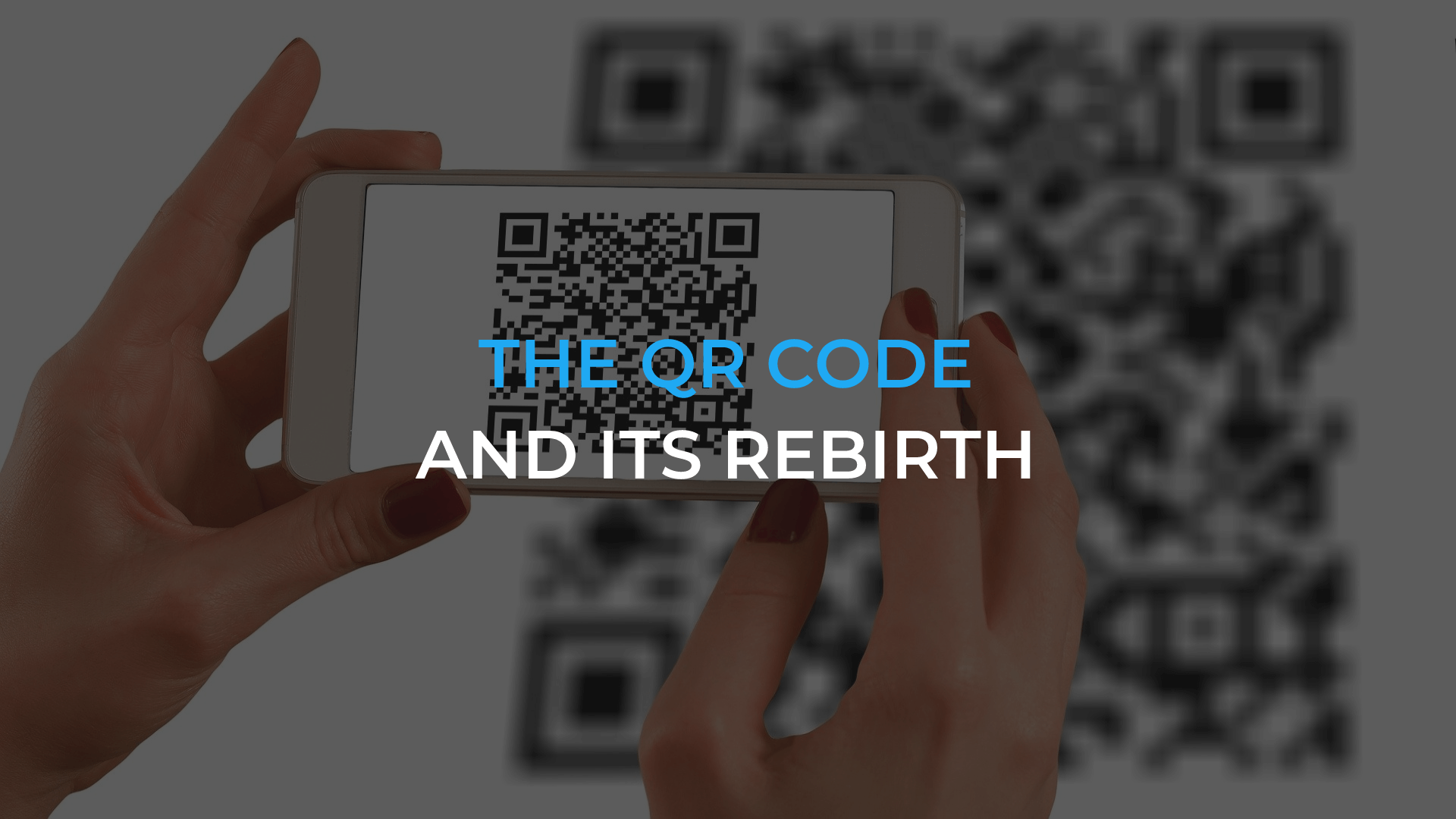2020 has been a year of important changes for citizens on the family, company and institutional levels.
There is no need to remind us of the efforts we all have had to do to ensure our safety, both in the individual and the collective aspects. Measures that had already been implemented (such as working from home) needed to be quickly upgraded to the 2.0 version, which required considerable adaptation for employees and managers – even if some of the latter were somewhat reluctant to do so. Some of these changes will leave a permanent mark on the ways in which we work and live. Over the past few years, digital platforms have been developed and deployed. The pandemic, and particularly the required social distancing needed to reduce the spread of COVID-19, has accelerated this trend, and new digital services have multiplied in cities large and small. These services have increased tenfold, and range from permit applications for cats and dogs, home renovations, pool installations and tree cutting.
Innovative smart cities rely on open, flexible and integrated IT architectures, and invest in these structures to support their digital transformation. Some cities have now decided to take their digital inclusion process even further, for example by improving their warning notification systems available through innovative digital tools. These centralized platforms rely on interoperability to share their open data and inform citizens in real time through the city’s website, citizen spaces and digital signage solutions displayed inside municipal installations or on exterior LED screens on roads leading in and out of the city.

Here are some examples of digital signage:
Inside the library
It is not rare to see displays at a library’s entrance showing opening hours, prices, new arrivals or schedules of upcoming conferences. This information is updated and displayed automatically, without any human intervention, through data exchanges with the library’s management systems.
In the arena
We also see displays inside arenas showing the schedules of the different skating rinks in real time. This information is provided by management software that maximizes the use of these infrastructures.
For cities, automated content sharing from open data sources is a strategic element in an environment where remote working is changing and where the nature of tasks is constantly evolving – not to mention that important amounts of information needing to be displayed can change at a moment’s notice.
These tools are already available and ready to be implemented in cities. Many companies are already working in partnerships on a robust and proven interoperable model.
A frequently asked question is: “How much does automation cost?”. The answer is: “How much does your current manual process costs you?” Ask yourself the question, and you will realize that without automated content, you will have to continue displaying it manually. You risk forgetting something in your messages, not to mention that you could keep your citizens informed much faster and more frequently with interoperable systems.









